Prepare cooling lubricantsCoolant is also frequently described as cooling lubricant or cutting fluid.
Many manufacturing companies rely on coolant in their manufacturing processes. These coolants decrease the heat generated by friction in machining processes and also act as a lubricant between the workpiece and the tool.
Definition of coolant
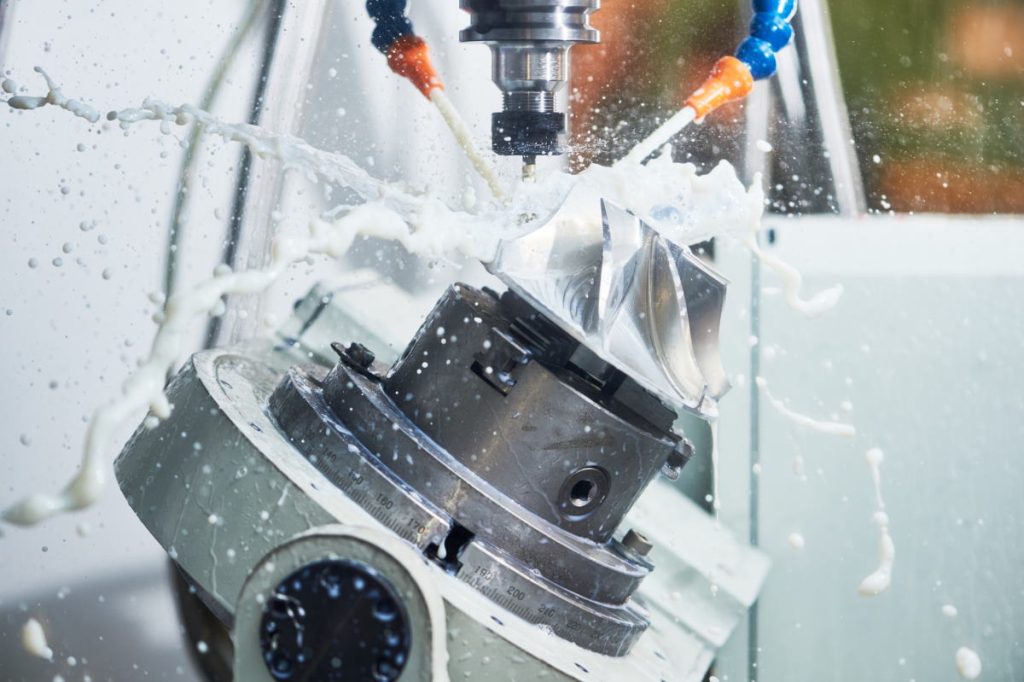
Coolant is also widely known as cooling lubricant or cutting fluid, and can be used interchangeably to mean the same thing. All of these terms describe an oil-in-water emulsion used in machining processes. Cutting oil, a term often used in this context, usually describes a pure-oil lubricant used in machining, which is not covered in this article.
It is obvious that coolant will get contaminated when used to machine metals. Oils, abrasion from grinding wheels, workpieces and tools contaminate the coolant, which can have a negative impact on work results.
In the following article, you will learn what best practices when using coolant and why keeping coolant clean is so important in the metalworking industry. Should you like a free professional consultation on the matter, feel free to contact us, and we will be happy to give you insights on how to improve the condition of your coolant.
Contents
- problems with dirty coolant
- coolant treatment and maintenance
- magnetic filtration
- removal of floating contamination
- sedimentation
- filtration
- complete coolant filtration systems
- what expenses occur when cleaning coolant
- energy costs
- consumables
- maintenance and health and safety regarding coolant
- buying new coolant despite treatment
- conclusion on coolant maintenance and treatment
problems with dirty coolant
Impurities such as chips and metal abrasion, which inevitably occur during the machining of workpieces, get into the coolant. If the impurities are not removed from the coolant system, damages and defects on workpieces and tools would be unavoidable. For this reason, ongoing cleaning of the coolant is of utmost importance to ensure smooth production operations.
Health aspects also play a role. Improperly treated and contaminated coolant are prone to mold and bacteria growth. This poses health risks that should not be underestimated.
Magnetic filtration
Magnetic filters or magnetic separators are used to filter magnetic particles.
Especially in metal processing, a considerable part of the solids contamination is magnetic, as steel and stainless steel are machined. Magnetic solids can be easily and safely removed from the coolant with a magnetic filter.
Removing floating impurities
Floating contaminants can be skimmed off with an oil skimmer. This usually involves tramp oils such as grinding oil or hydraulic oil, but also other oily liquids.
Oil skimmers come in different designs. For smaller tanks, the belt skimmer is often used. Above a certain tank or basin size, the tube skimmer is the oil skimmer of choice.
Sedimentation
The solid impurities that are heavier than the coolant and not magnetic collect in the bottom of a tank.
There, these solid, heavy particles can be removed by a belt conveyor, while the coolant floating on top can continue to be used if impurities such as tramp oils have already been removed by an oil skimmer.
Filtration
A filter medium is used to retain the solid impurities. The coolant itself is not held back and can pass through the filter medium, now cleaned. Belt filter systems are often used for filtration of coolant, as they can be used continuously and the filter medium does not have to be changed as frequently, as the rolled-up filter belt keeps renewing itself. The dirty filter belt collects in a container and is disposed of at regular intervals.
complete coolant filtration systems
In complete coolant filtration systems, all necessary cleaning steps are combined in one system and integrated into the coolant system. These can be installed as individual systems or as central systems that supply all coolant application areas.
A complete coolant filter system can be integrated into the coolant system in different ways:
- Main flow → 100% of the coolant is filtered during the process
- Bypass flow → In bypass operation, the coolant is cleaned without interfering with the main flow of the system.
Filter systems operating in main flow are often more coarse filtration steps, designed to remove larger particles that can damage pumps and other components. Finer filtration systems are then also implemented in bypass operation, to remove smaller contaminants, increasing the quality of the coolant.
What expenses occur when cleaning coolant and where can savings be made?
Coolant maintenance often requires several steps until the coolant is ready for use again. In addition to the purchase of technical equipment such as magnetic filters, oil skimmers, chip conveyors and others, the operating costs break down as follows:
maintenance and health and safety regarding coolant
Every running system must be operated and maintained. The required worker hours increase the expenses. In a well-functioning coolant system, the personnel required for maintenance and control is very low. Coolant can pose health risks if used improperly. Therefore, various rules must be observed or introduced to prevent this from happening. You can find out more about compliance with occupational safety when using coolant on the IFA (Institute for Occupational Safety and Health of the German Social Accident Insurance) page.
Buying coolant
Despite all efforts in maintaining coolant, it cannot be avoided that new coolant needs to be purchased. This is due to leakages, coolant that leaves the system with chips and workpieces, and corrections in the coolant concentration.
But:
By maintaining and cleaning the coolant, the need and usage of coolant is significantly lower, than without. Additionally, less used coolant also means less cost for disposal or treatment in waste water treatment systems.
conclusion on coolant maintenance and treatment
The cleaning and maintenance of coolant is an elementary component of every coolant system. The filtering and treatment of coolant requires expenditure in the form of filter material and working time, but also operating costs of various kinds. However, coolant maintenance offers economic advantages in the form of considerably lower coolant usage and less general expenditure on coolant. This leads to lower expenses for the purchase of coolant and equally lower disposal costs due to the reduced quantity of used coolant.
The environmental aspect should not be neglected either: the less coolant is needed, the less oil is purchased and disposed of. This reduces the ecological and carbon footprint of manufacturing, a factor that is becoming increasingly important for manufacturing companies.
Advantages of coolant maintenance:
- reduces ecological footprint
- reduced cost in purchasing coolant
- significantly reduced coolant use
- reduced cost for disposal of coolant

We will be exhibiting at the 22nd edition of the Kunststoffenbeurs in the Brabanthallen in Den Bosch!
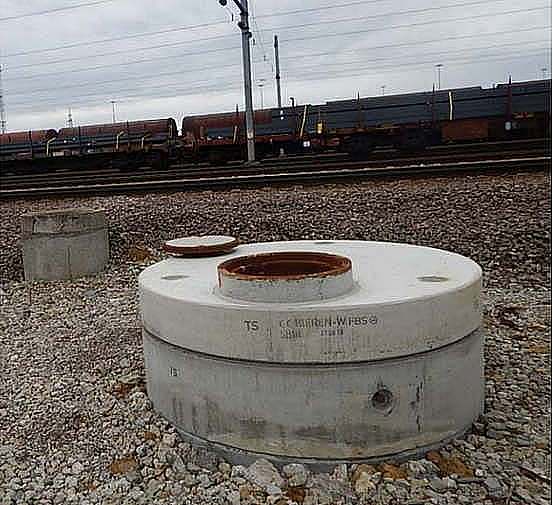
On a railroad site for freight car storage, there are numerous tracks that are equipped with hydraulically operated brakes ...
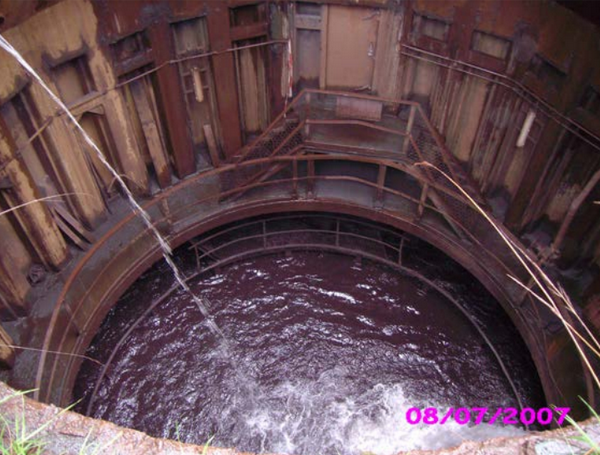
Zur Reinigung von Kühlwasser in Stahlwerken wird üblicherweise eine Kombination aus Sinterbrunnen, Längsklärbecken und anschließendem Kiesfilter eingesetzt.
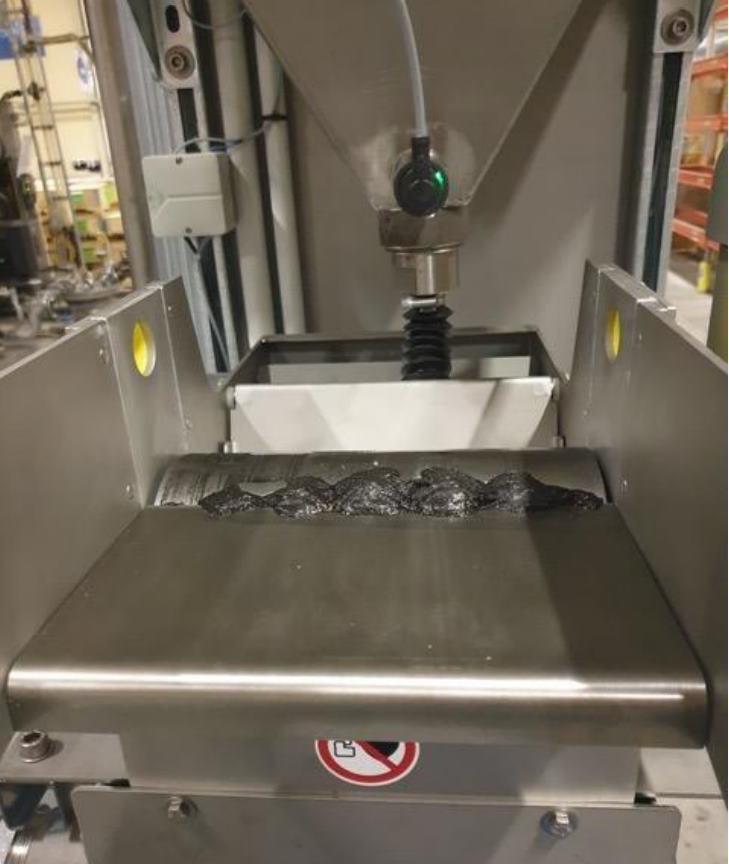
A metalworking company operates a washing machine in which hydraulic parts made from cast iron are washed to remove oil and grease as well as particle contamination ...
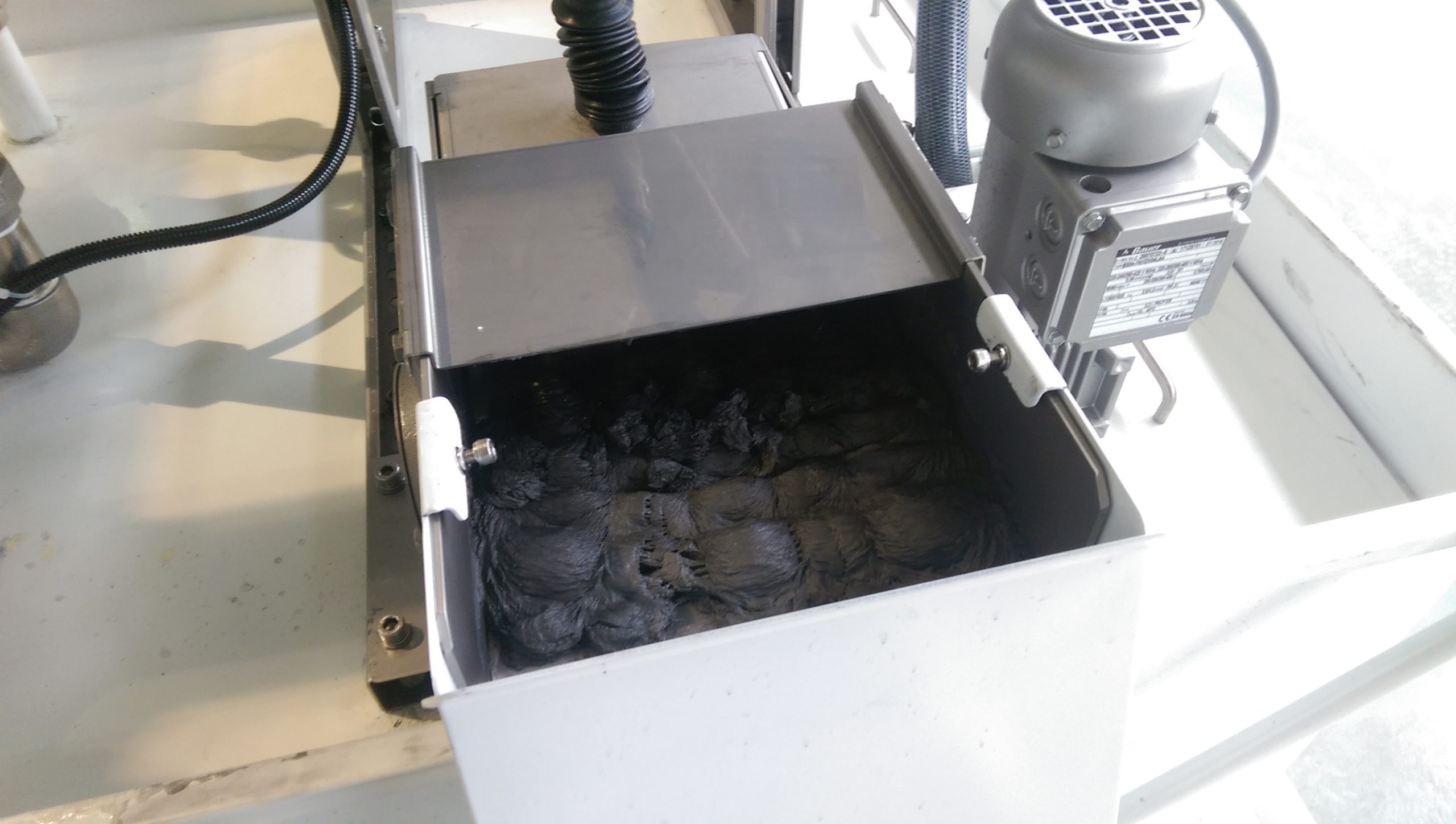
In the Chinese plant of a big Japanese car manufacturer two honing machines are used in order to machine engine housings.
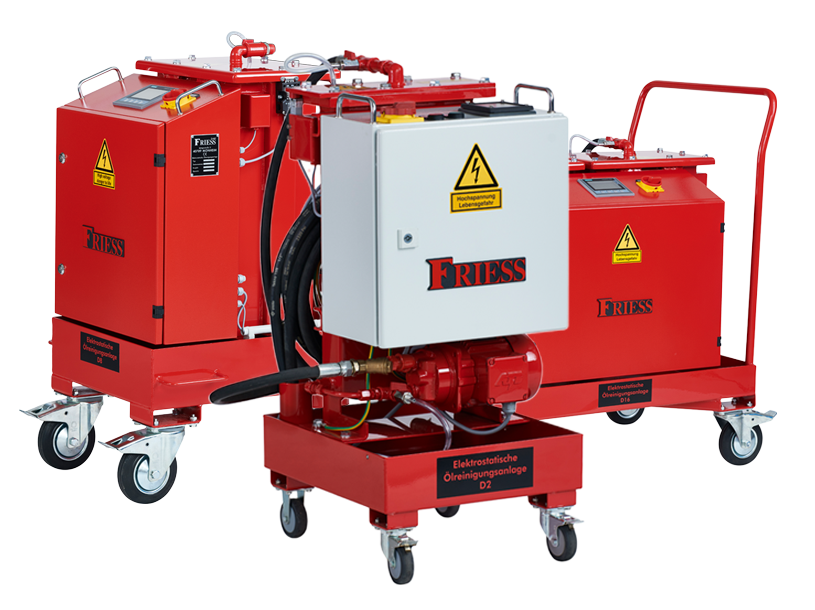
A metal working company produces pressure tanks with a volume of 50 l – 500 l. After machining the casted parts are washed in a part washing machine ...
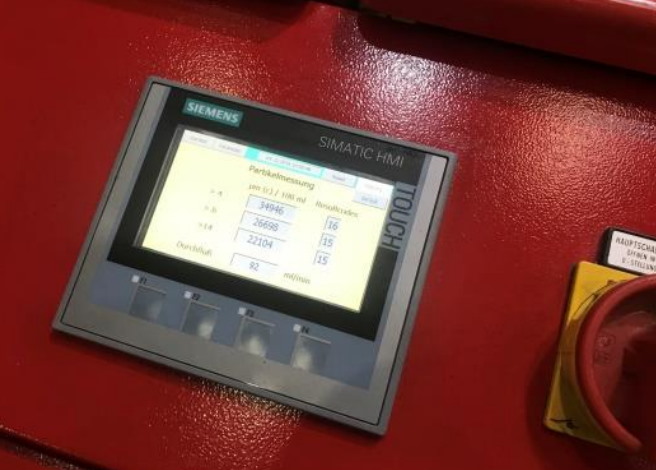
A well-known global supplier to the automotive industry manufactures high-strength sheet metal parts for the automotive industry on state-of-the-art press lines in a ...
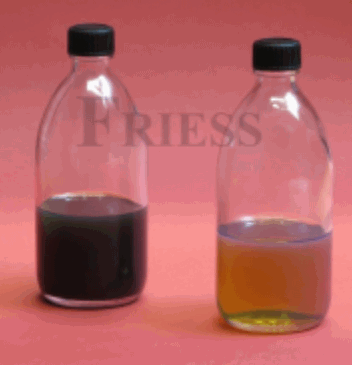
Before start up FRIESS sales manager took a sample of the hydraulic oil. After 300 h of operation of the electrostatic oil cleaning machine model D8 the FRIESS sales ...

Aluminum profiles are produced on big hydraulic extruding presses. The production process starts with round aluminum material. The hot aluminum is pressed by a ...
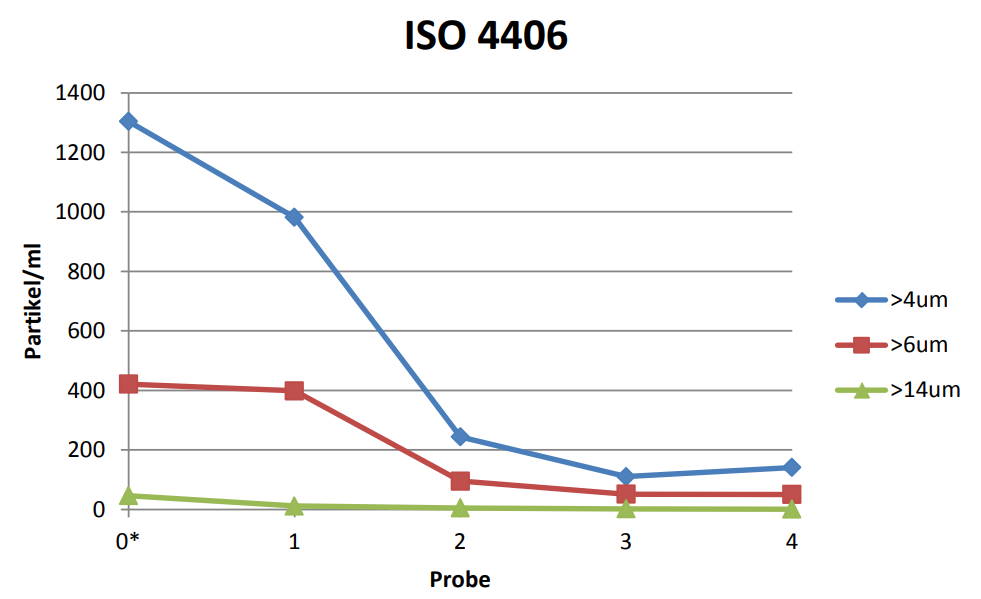
A big European car manufacturer operates three factories for manufacturing gear boxes for passenger cars. One of the three factories in mid-Europe uses approx ...
